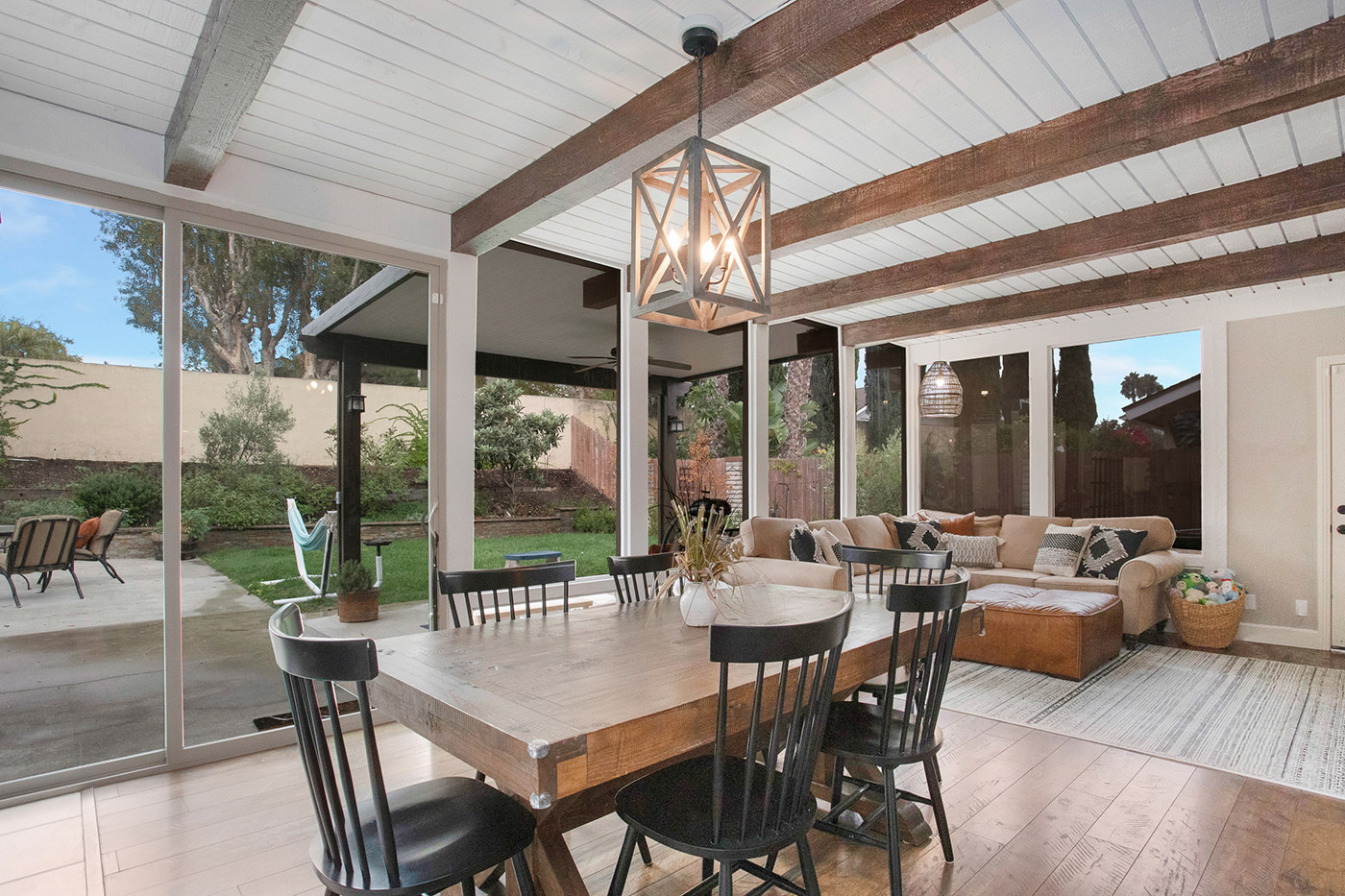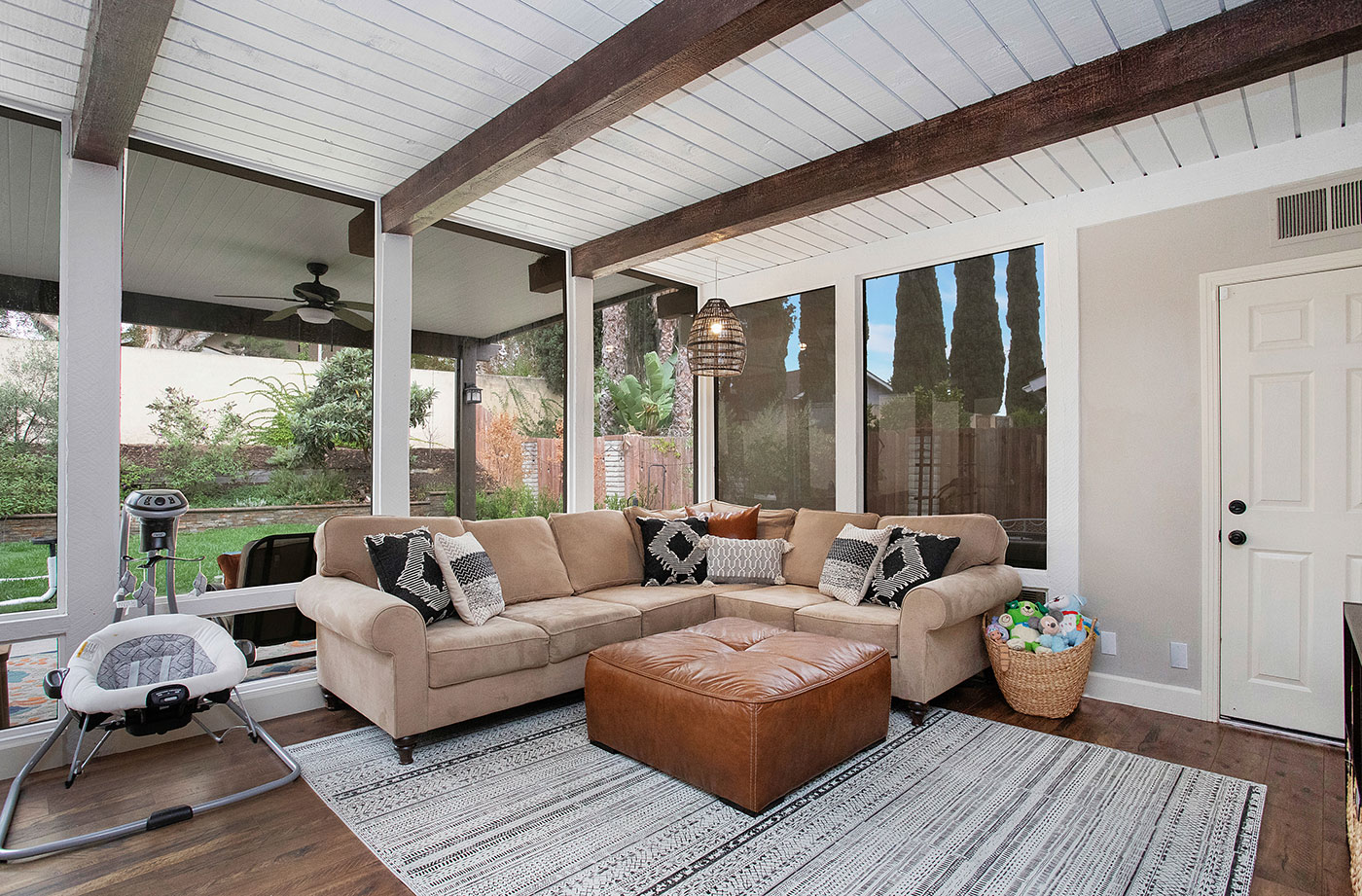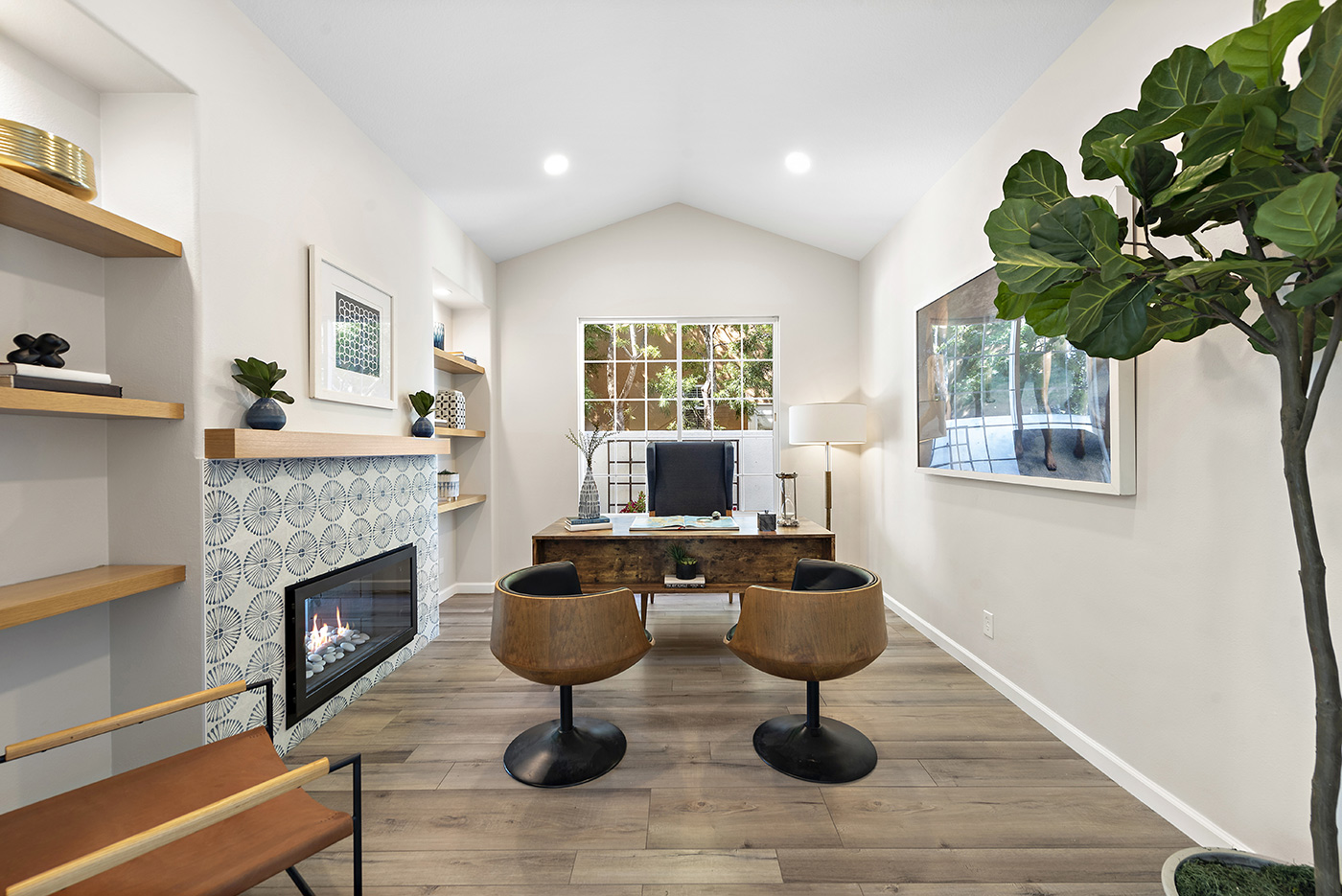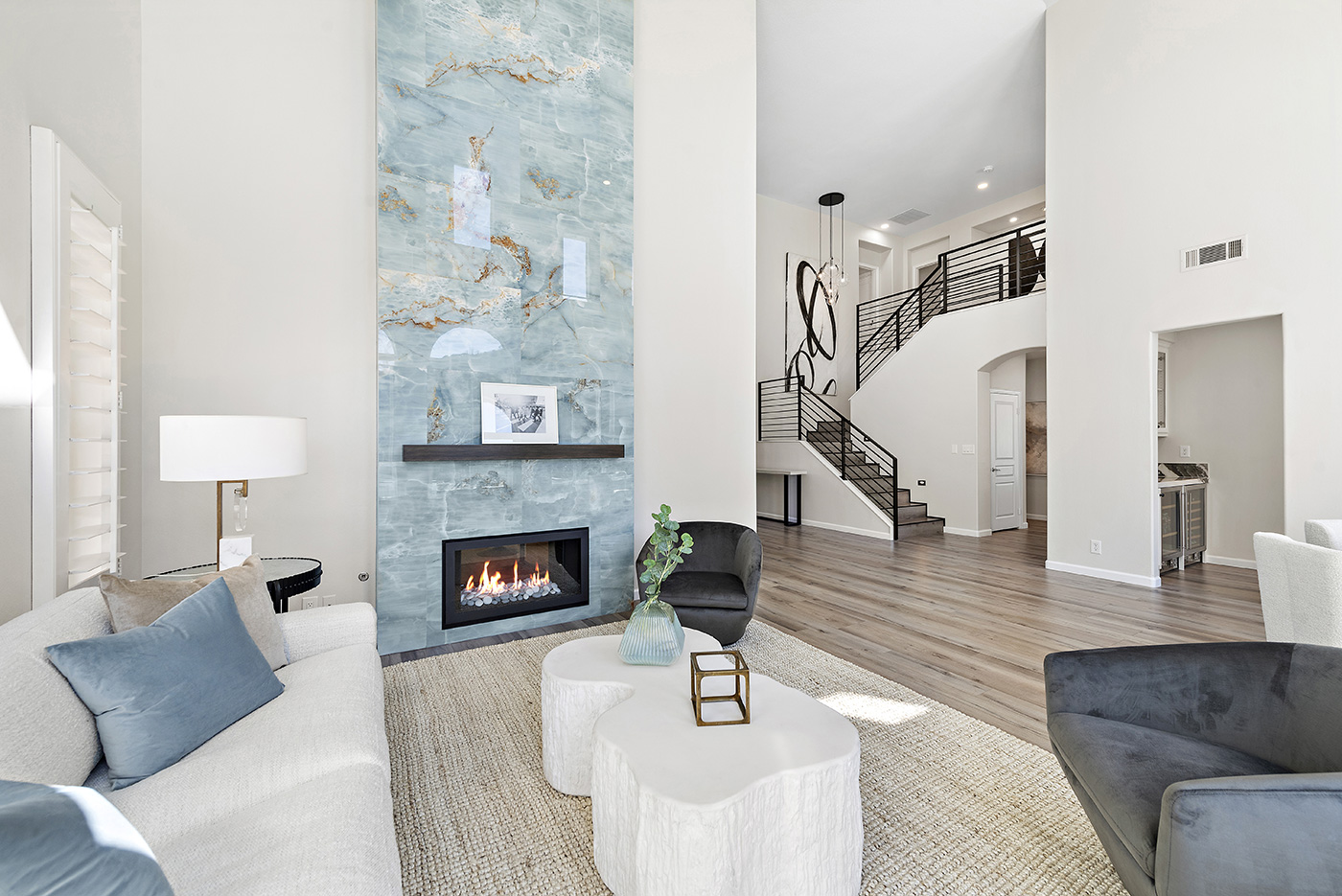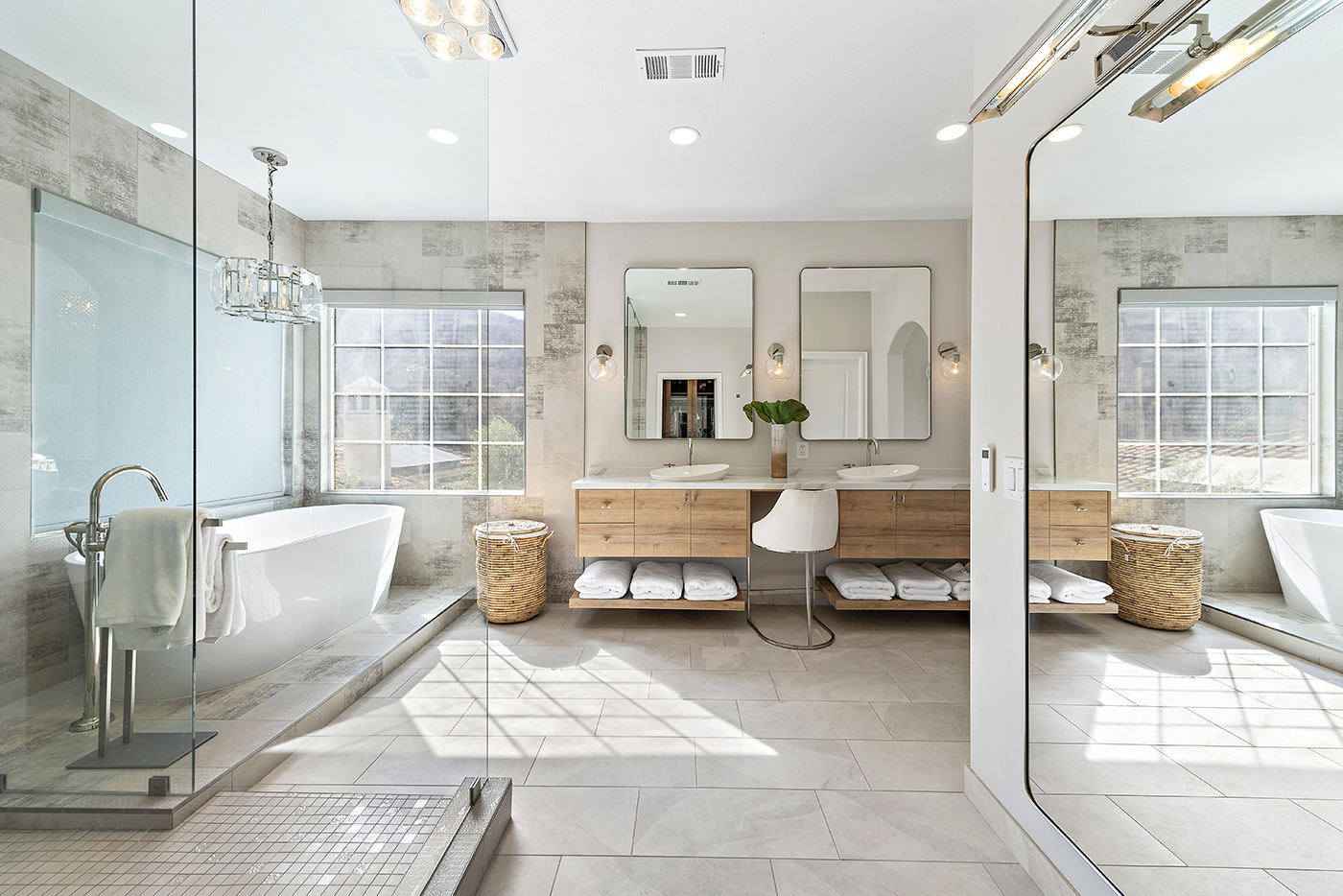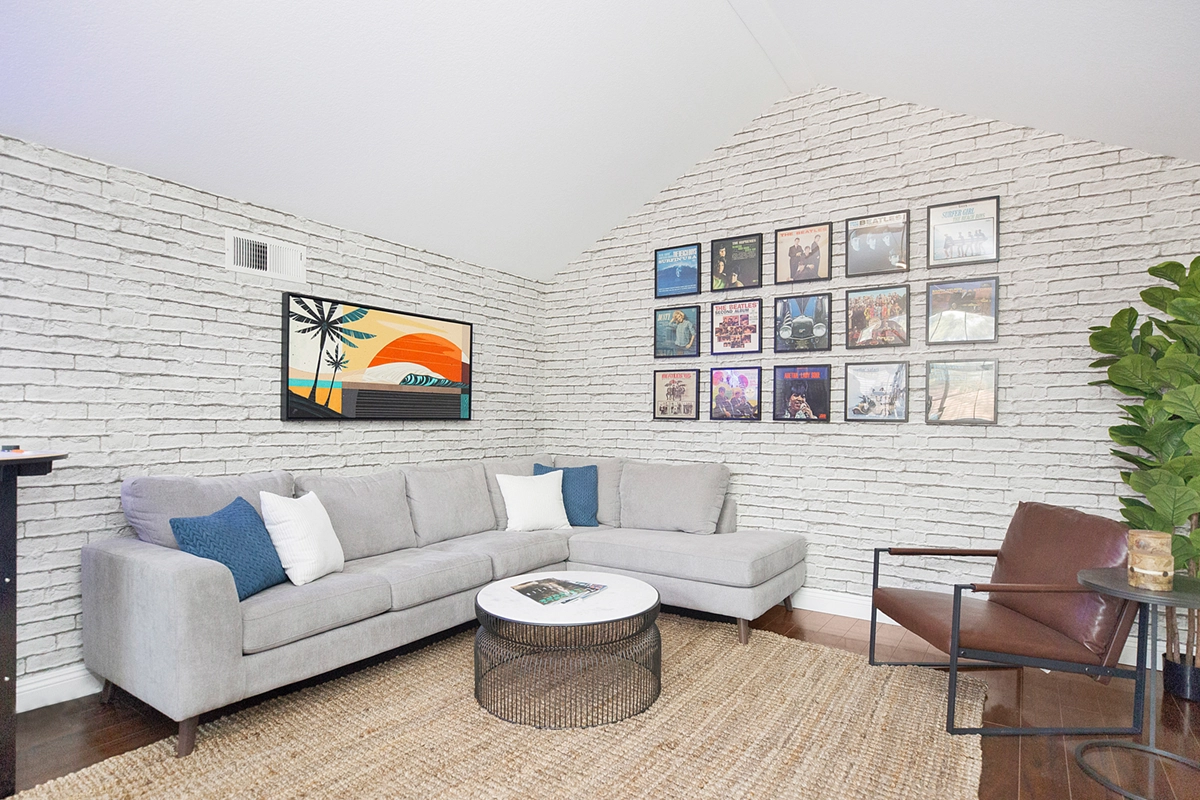Interior Design That Reflects Your Unique Style
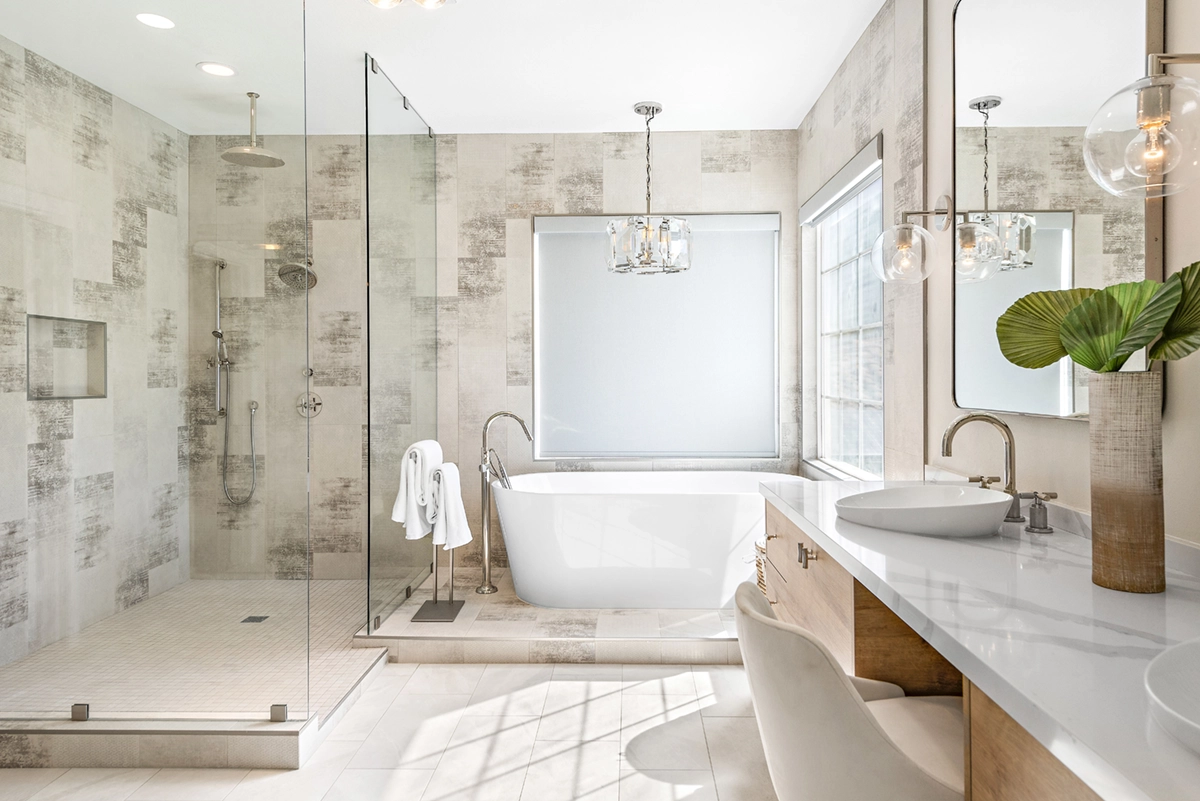
Interior design, with its allure of transforming a space into a haven of beauty and functionality, often appears deceptively simple. Yet, beneath the surface, lies a myriad of considerations, decisions, and meticulous planning required to bring a vision to life.
Let’s peel back the layers and explore a few key elements that one must carefully plan for when revamping a living space.
1. Space Planning:
Before diving into the world of fabrics and furniture, a fundamental aspect of interior design is space planning. This involves analyzing the layout and flow of the room to optimize functionality and create a harmonious balance between aesthetics and practicality. Considerations such as traffic flow, focal points, and furniture arrangement play a pivotal role in shaping the overall ambiance of the space.
2. Color Palette and Mood:
Choosing the right color palette sets the tone for the entire design scheme and influences the mood and atmosphere of the living space. Whether opting for serene neutrals, vibrant hues, or calming pastels, each color evokes a distinct emotion and can significantly impact the perception of the room. It’s essential to carefully select colors that complement the overall theme and desired ambiance while considering factors such as natural light and the size of the space.
3. Furniture Selection and Placement:
Furniture serves as the backbone of any living space, providing both comfort and style. When revamping a room, thoughtful consideration must be given to the selection and placement of furniture pieces to ensure optimal functionality and visual appeal. From sofas and coffee tables to accent chairs and side tables, each piece should be chosen with care, taking into account factors such as scale, proportion, and style cohesion.
4. Lighting Design:
Lighting plays a crucial role in enhancing the ambiance and functionality of a living space. A well-designed lighting scheme incorporates a combination of ambient, task, and accent lighting to create layers of illumination that cater to various activities and moods. Whether incorporating statement chandeliers, recessed lighting, or strategically placed lamps, lighting design adds depth and drama to the room while highlighting architectural features and decorative elements.
5. Texture and Pattern:
Incorporating texture and pattern adds depth, visual interest, and dimension to a living space, elevating the overall design scheme. Whether through tactile fabrics, textured wall finishes, or patterned accents, layering different textures and patterns adds warmth and character to the room. From plush rugs and cozy throws to intricately patterned wallpaper and decorative pillows, these elements contribute to a rich and inviting atmosphere.
6. Personalization and Accessories:
Finally, the finishing touches and personal touches bring a sense of warmth and personality to the space. Accessories such as artwork, decorative objects, and plants add layers of visual interest and reflect the homeowner’s individual style and taste. Thoughtfully curated accessories serve as the final brushstrokes that complete the design narrative, imbuing the living space with a sense of authenticity and charm.
In conclusion, while interior design may seem effortless at first glance, it entails a complex interplay of elements and considerations that require careful planning and attention to detail. Working with BTN Member, Trisha Goyal with Ocean Lane Interiors, she will walk you through each phase, addressing aspects such as space planning, color palette, furniture selection, lighting design, texture, and personalization, one can create a living space that not only looks beautiful but also feels like a true reflection of the homeowner’s lifestyle and personality. So, the next time you embark on a revamp of your living space, remember to delve beneath the surface and embrace the intricacies of interior design.

